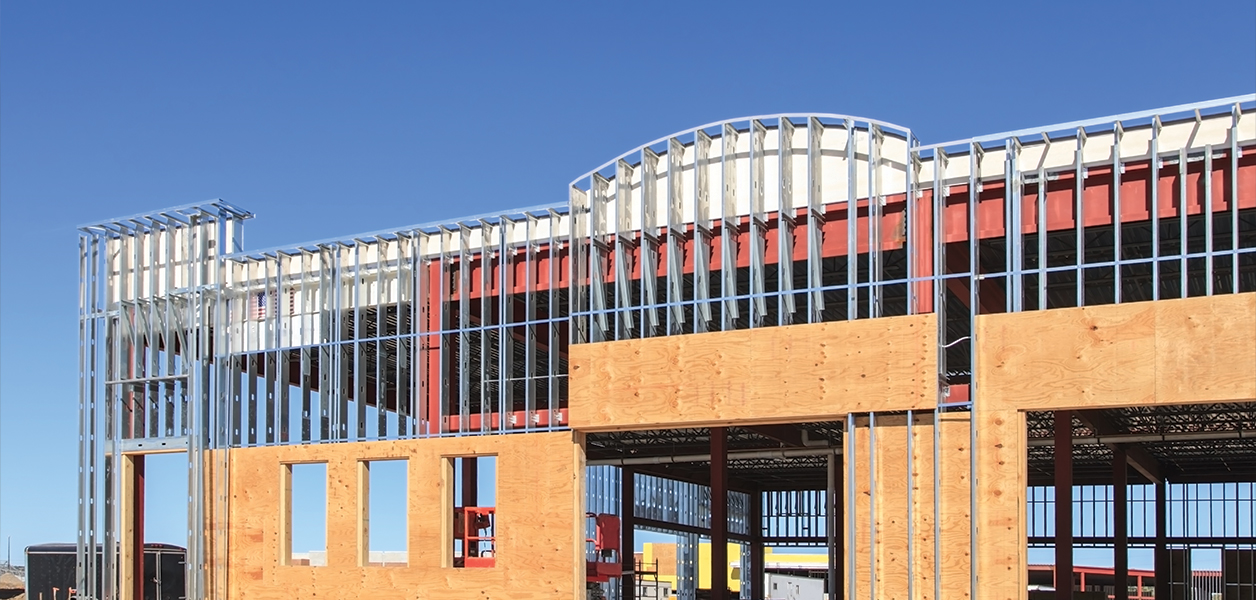U.S. high school graduates consistently are being guided toward pursuing college degrees rather than training that could lead to jobs in highly paid skilled construction trades, according to www.constructiondive.com.
Recent findings from The Hechinger Report show construction training may offer a better chance of success than four-year degrees. Seventy percent of U.S. construction companies are having trouble finding qualified workers, so skilled jobs are available. Yet 30 percent of students at public universities and 20 percent at private colleges still haven't earned bachelor's degrees six years after high school graduation. Additionally, tuition and certification fees for career training programs typically are significantly less than college costs, which can result in students having to repay hefty loans after graduation.
California, Iowa, Michigan and Washington are some of the states investing more money in career and vocational education budgets to help increase the supply of skilled workers and combat local labor shortages. Department of Labor data shows open U.S. construction positions are expected to increase by more than 745,000 jobs through 2026—faster than any other occupation. In Washington alone, there are more than 3,200 unfilled construction jobs, many of which pay more than the average state wage of $54,000 per year.
A National Association of Home Builders survey recently revealed only 3 percent of adults ages 18 to 25 who knew what career they wanted to pursue said they wanted a career in the construction industry. Of those interested in construction, 80 percent said the pay is what was drawing them in, but 63 percent of those undecided about a career said they wouldn't choose construction despite potential income.
It's becoming more significant to try to attract the younger demographic by showing them the high-tech aspects of office and field positions, such as building information modeling, laser scanning, virtual reality and equipment automation. The construction industry also may have to face the challenge of convincing the parents of high school students that pursuing a career in construction can be highly rewarding.





